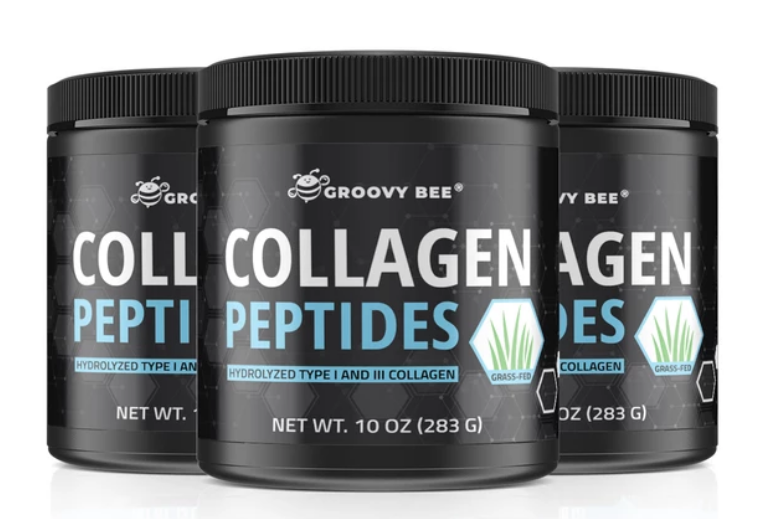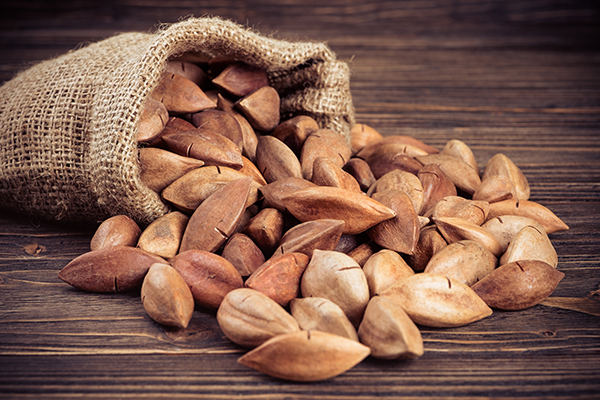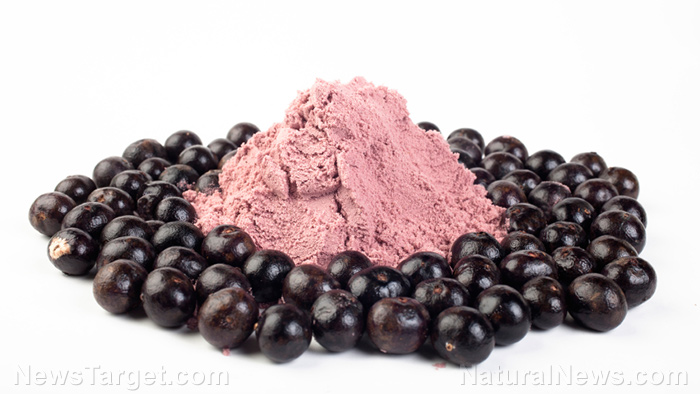Manuka honey found to eliminate deadly drug-resistant bacteria in cystic fibrosis (CF) infections
11/26/2019 / By Isabelle Z.

When modern medicine can’t solve a health issue, nature often comes to the rescue. Although many people believe that the latest cutting-edge medical developments surely must outperform anything that can be found in nature given the research and money that goes into development, studies like a recent one on cystic fibrosis patients prove that nature still has a valuable place in treating illnesses.
Researchers from Swansea University found that Manuka honey can help treat antimicrobial-resistant respiratory infections, especially the deadly kind that can strike people with cystic fibrosis.
One of the biggest problems that cystic fibrosis patients face are long-lasting respiratory infections. These infections are often deadly because they contain bacteria that resists antibiotics. Although lung transplants can sometimes help in these cases, it’s not a foolproof approach as there are lots of potential side effects and the possibility of re-infection.
For some patients, the type of bacteria infecting them can damage the lungs significantly and even prevent them from being lung transplant candidates. That’s why an effective way to kill these types of bacteria is so desperately needed.
Manuka honey has been shown to kill antibiotic-resistant bacteria in surface wounds, so the researchers decided to look into using it as an alternative to antibiotics in cystic fibrosis patients.
They treated grown bacterial infections in lung tissue from pigs with Manuka honey to see how well it performed. They compared it to the action of three antibiotics sometimes used for such infections: ciprofloxacin, tobramycin, and ceftazidime.
They found that it killed antimicrobial-resistant bacteria by 39 percent; antibiotics are only 29% effective. At the same time, it improved the activity of some of the antibiotics that weren’t effective on their own. A combination of honey and antibiotics killed a remarkable 90 percent of the bacteria tested.
Swansea University’s Dr. Rowena Jenkins said that if these results can be replicated in a clinical setting, it could lead to further treatment options for cystic fibrosis infections.
One limitation is the difficulty in getting manuka honey into the lungs of patients. The researchers believe that they could possibly get concentrations of 40 percent with nebulization but it’s not certain whether this concentration would be effective. A sinus rinse, however, could well prevent bacteria from migrating from a person’s upper airways into their lungs and causing these infections in the first place.
Dr. Jenkins added: “The synergy with antibiotics and absence of resistance seen in the laboratory has allowed us to move into the current clinical trial, investigating the potential for Manuka honey as part of a sinus rinse for alleviating infection in the upper airway.”
Manuka honey’s health benefits are impressive
Manuka honey has been used as far back as the 1300s to treat wounds and fight infections. It is monofloral, which means it comes from the nectar of just one plant species. In this case, it’s the manuka tree, also known as the tea tree. What makes this type of honey stand out is its high amount of the methylglyoxal compound, which is effective at fighting several types of bacteria. It also contains DHA and leptosperin.
Studies have shown that honey can treat partial thickness burns at a rate of four to five days faster than conventional dressings. It also appears to be more effective than gauze with antiseptic at healing infections in surgical wounds.
Lab studies have shown this type of honey can inhibit around 60 different types of bacteria including salmonella and E. coli, along with certain superbugs. This means that manuka honey could prove helpful in the fight against antibiotic resistance, which is considered one of the world’s biggest health threats at the moment. That’s pretty impressive for something that has been on our planet for thousands of years and is made naturally!
Sources for this article include:
Tagged Under:
RECENT NEWS & ARTICLES
COPYRIGHT © 2017 SUPERFOOD NEWS



















